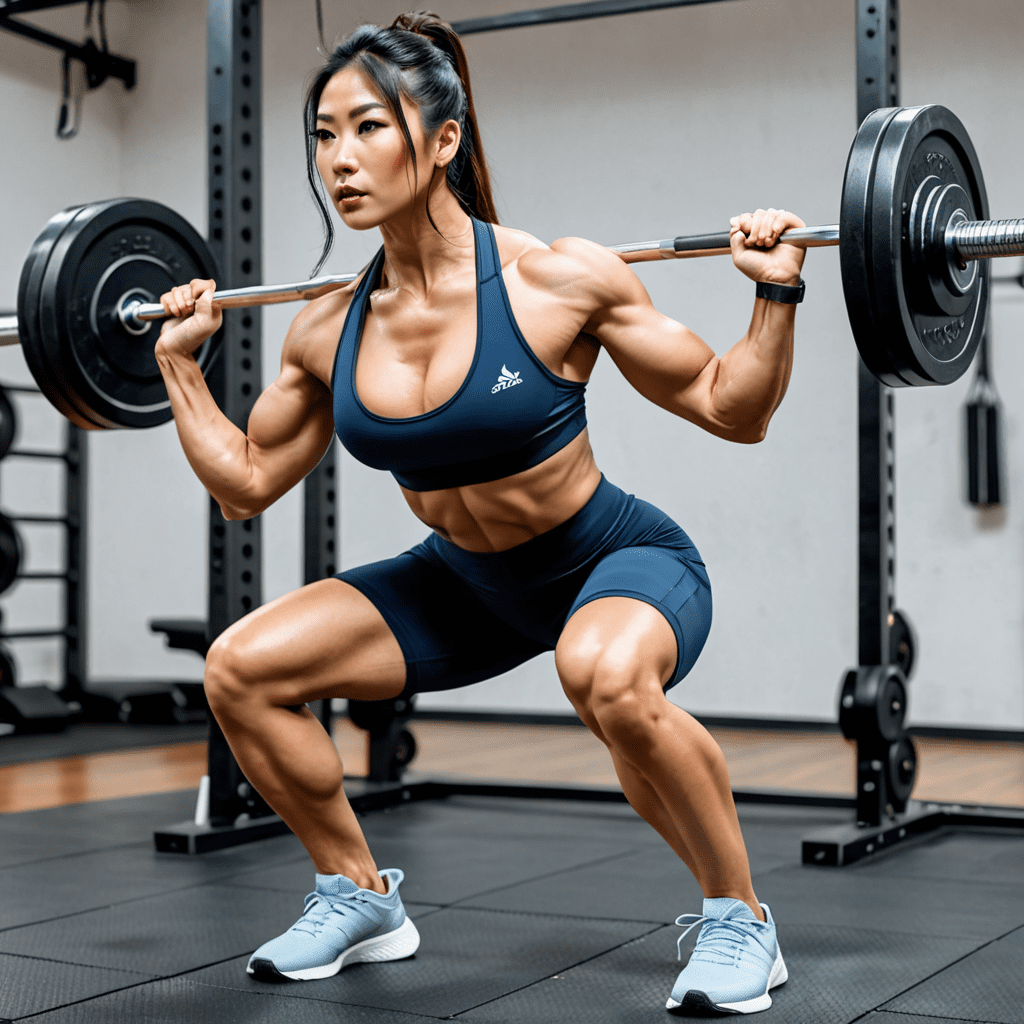
Unearth the Secret to Mastering the Asian Squat for Optimal Mobility and Strength
What is an Asian Squat?
An Asian squat, also known as a deep squat or a third-world squat, is a squatting position commonly seen in many Asian cultures. It involves squatting down with your feet flat on the ground and your buttocks close to or touching your calves.
The Benefits of the Asian Squat
The Asian squat offers a range of benefits for mobility, flexibility, and strength. Here are some of the advantages:
- Improved hip and ankle mobility
- Increased flexibility in the lower body
- Enhanced core strength
- Improved posture and balance
- Activation of the glutes, quads, and hamstrings
Proper Technique: How to Do an Asian Squat
Mastering the Asian squat requires proper technique and practice. To perform an Asian squat correctly, follow these steps:
- Stand with your feet shoulder-width apart.
- Slowly lower your body into a squat position, keeping your back straight and your chest lifted.
- Once in the squat position, keep your weight on your heels and your feet flat on the ground.
- Push your knees outwards to create space for your torso between your legs.
- Engage your core muscles to maintain stability.
- Hold the squat position for as long as you can, gradually increasing the duration over time.
- To rise from the squat, push through your heels, straighten your legs, and stand up.
Tips for Safe and Effective Asian Squatting
Follow these tips to ensure safe and effective Asian squatting:
- Start with a wider stance if necessary and gradually work towards a narrower stance.
- Place a small object, like a block or a rolled-up towel, under your heels if you have difficulty keeping your feet flat on the ground.
- Keep your weight centered and avoid leaning too far forward or backward.
- If you experience discomfort, pain, or difficulty in the squat position, stop and consult with a fitness professional.
Common Mistakes to Avoid
While learning to Asian squat, it’s important to avoid the following common mistakes:
- Rounding your back: Maintain a straight back throughout the squat.
- Resting on your toes: Keep your weight on your heels for balance and stability.
- Allowing your knees to collapse inward: Push your knees outwards to maintain proper alignment.
- Not engaging your core: Activate your core muscles to support your posture and balance.
FAQ
1. How long should I hold an Asian squat?
The duration of holding an Asian squat can vary based on your current level of mobility and strength. Start with a few seconds and gradually work your way up to a minute or more.
2. Can anyone do an Asian squat?
Most individuals can learn to do an Asian squat with practice and proper form. However, it’s important to listen to your body and work within your own limits. If you have any underlying health conditions or concerns, consult a healthcare professional before attempting the Asian squat.
3. Can the Asian squat be used as an exercise?
Yes, the Asian squat can be used as an exercise to improve mobility, flexibility, and strength. Holding the squat position for longer durations or incorporating additional movements can increase the challenge and intensity of the exercise.
4. How often should I practice the Asian squat?
Consistency is key. Aim to practice the Asian squat regularly, incorporating it into your warm-up or workout routine. Start with a few sessions per week and gradually increase the frequency as your mobility and strength improve.
5. Can the Asian squat help with tight hip flexors?
Yes, the Asian squat can help to stretch and lengthen the hip flexors, which can become tight from prolonged sitting or certain activities. Incorporating regular Asian squatting into your routine can provide relief and improve hip flexibility over time.
6. Are there any variations of the Asian squat?
There are several variations of the Asian squat that can target different areas of the body or provide additional challenges. Some examples include the elevated heel squat, the deep sumo squat, and the one-leg Asian squat. Experiment with different variations to find what works best for you.

